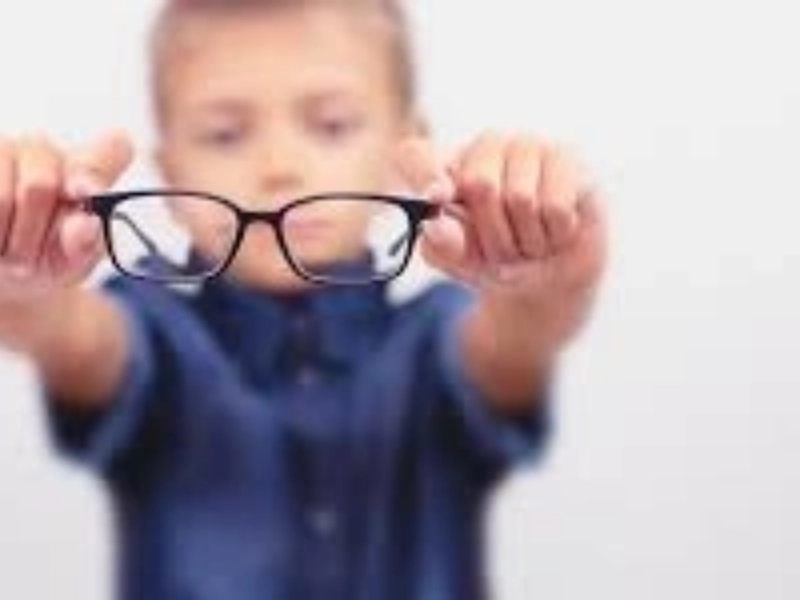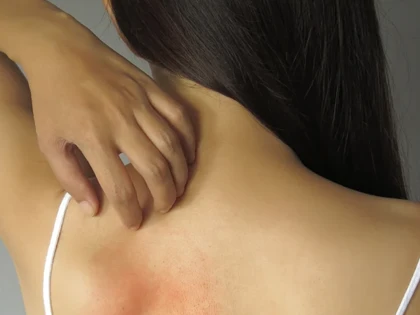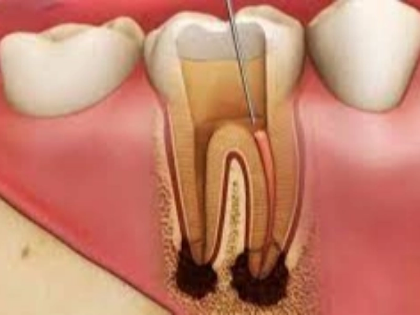Can myopia be cured?
Myopia, or nearsightedness, is a very common condition. It is associated with long periods of indoor reading or computer use and can run in families. While it can't be reversed, there are steps you can take to prevent it from getting worse, and in this article we'll explore some viable treatment alternatives.
glasses

Contact lenses.
 Thin, clear contact lenses are placed directly on the surface of the eye. They are used for medical, cosmetic, or vision correction purposes. They are usually constructed of a somewhat flexible polymer to allow oxygen to reach the cornea. They provide a more natural field of vision by significantly reducing distortion and moving with the movement of the eye. In children and teens, they may also slow the progression of myopia.
They come in rigid or flexible gas permeable (RGP) shapes and can help correct astigmatism, plus multifocal contacts are available to enhance near and far vision.
Wearing non-prescription costume contact lenses or any other type of contact lens obtained from unauthorized sources is strictly prohibited. Use only doctor-prescribed contact lenses. Non-prescription lenses, if left untreated, can cause very painful and severe blinding infections such as Cantamoeba keratitis.
Thin, clear contact lenses are placed directly on the surface of the eye. They are used for medical, cosmetic, or vision correction purposes. They are usually constructed of a somewhat flexible polymer to allow oxygen to reach the cornea. They provide a more natural field of vision by significantly reducing distortion and moving with the movement of the eye. In children and teens, they may also slow the progression of myopia.
They come in rigid or flexible gas permeable (RGP) shapes and can help correct astigmatism, plus multifocal contacts are available to enhance near and far vision.
Wearing non-prescription costume contact lenses or any other type of contact lens obtained from unauthorized sources is strictly prohibited. Use only doctor-prescribed contact lenses. Non-prescription lenses, if left untreated, can cause very painful and severe blinding infections such as Cantamoeba keratitis.
Laser eye surgery
 If you don't want to wear glasses or contact lenses but have severe myopia, you may be eligible for laser eye surgery. It's a quick, painless treatment that doesn't require stitches.
Your ophthalmologist will reshape the cornea and use an excimer laser, a computer-controlled beam of ultraviolet light, to precisely focus the incoming light rays on the retina, which can be used to treat astigmatism, farsightedness, and nearsightedness.
Laser eye surgery comes in many forms, including PRK, SMILE, and LASIK (laser in situ keratomileusis). LASIK involves creating a protective flap on the surface of the cornea, which is then reshaped with a laser. The treated cornea then heals on its own, without the need for stitches.
It is important to realize that most medical funds will not pay for laser eye surgery because it is considered an elective procedure. That being said, if you have a flexible spending account, or are with a top-notch hospital or extra coverage, you may be able to deduct some of the cost of the procedure.
If you don't want to wear glasses or contact lenses but have severe myopia, you may be eligible for laser eye surgery. It's a quick, painless treatment that doesn't require stitches.
Your ophthalmologist will reshape the cornea and use an excimer laser, a computer-controlled beam of ultraviolet light, to precisely focus the incoming light rays on the retina, which can be used to treat astigmatism, farsightedness, and nearsightedness.
Laser eye surgery comes in many forms, including PRK, SMILE, and LASIK (laser in situ keratomileusis). LASIK involves creating a protective flap on the surface of the cornea, which is then reshaped with a laser. The treated cornea then heals on its own, without the need for stitches.
It is important to realize that most medical funds will not pay for laser eye surgery because it is considered an elective procedure. That being said, if you have a flexible spending account, or are with a top-notch hospital or extra coverage, you may be able to deduct some of the cost of the procedure.
Alternative Therapies
 The most common treatments are contact lenses or glasses that redirect light to help you see distant objects. Laser surgery is becoming increasingly common and can improve vision even more than contacts or glasses. A more recent technique, lens implant surgery, involves making a small incision in the cornea and inserting an artificial lens into the eye. These lenses, used in conjunction with laser surgery, can help people with severe myopia who are not suitable for laser surgery see more clearly.
Myopia, commonly known as nearsightedness, is a common disorder that causes distant objects to appear blurry or out of focus. It usually begins in childhood and can worsen until you reach your late teens or early twenties. It is important to detect and treat myopia early to prevent it from worsening further. Other treatments include contact lenses, glasses, or surgery such as phakic intraocular lens (PIOL) exchange or refractive lens exchange (RLE) using a permanent intraocular lens. Your age, eye condition, and personal preferences will determine which option is best for you.
The most common treatments are contact lenses or glasses that redirect light to help you see distant objects. Laser surgery is becoming increasingly common and can improve vision even more than contacts or glasses. A more recent technique, lens implant surgery, involves making a small incision in the cornea and inserting an artificial lens into the eye. These lenses, used in conjunction with laser surgery, can help people with severe myopia who are not suitable for laser surgery see more clearly.
Myopia, commonly known as nearsightedness, is a common disorder that causes distant objects to appear blurry or out of focus. It usually begins in childhood and can worsen until you reach your late teens or early twenties. It is important to detect and treat myopia early to prevent it from worsening further. Other treatments include contact lenses, glasses, or surgery such as phakic intraocular lens (PIOL) exchange or refractive lens exchange (RLE) using a permanent intraocular lens. Your age, eye condition, and personal preferences will determine which option is best for you.














